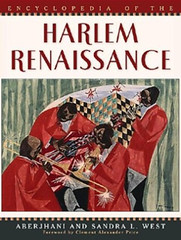The term "swing dance" is commonly used to refer either to a group of dances developing in response to swing (genre) music in the 1920s, 30s and 40s, or to lindy hop, a popular partner dance today. While the majority of swing dances began in African American communities as vernacular African American dances, there were a number of forms which developed within Anglo-American or other ethnic group communities.
Though they technically preceded the rise of swing music, and are commonly associated with Dixieland jazz which developed in New Orleans in the south of the United States, dances such as the black bottom (dance), charleston (dance) and tap dance are still considered members of the swing dance family. These sorts of dances travelled north with jazz to cities like New York, Kansas City, and Chicago in the Great Migration (African American) of the 1920s, where rural blacks travelled north to escape persecution, Jim Crow laws, lynching and unemployment in the South during the Great Depression.
Monday, April 23, 2007
Subscribe to:
Post Comments (Atom)


No comments:
Post a Comment